Introduction
Ethiopian New Year Traditions: A Celebration of Time and Culture. since the traditions of this festival stretch across thousands of years of history. The official celebration of New Year in Ethiopia occurs on September 11 yet the Gregorian New Year on January 1 defines the major new year holiday across most of the planet. Ethiopian New Year celebrations follow the Julian calendar which positions Ethiopia seven to eight Gregorian calendar years in the past.
Enkutatash signifies more than date changes since it brings both hopefulness and jubilant energy to Ethiopians. The countryside transforms during the season change because golden Meckel daisies replace the rain plants to manifest community hope and good fortune. Family members gather together with community members to celebrate ancient customs that create cheerful festive celebrations throughout the area.
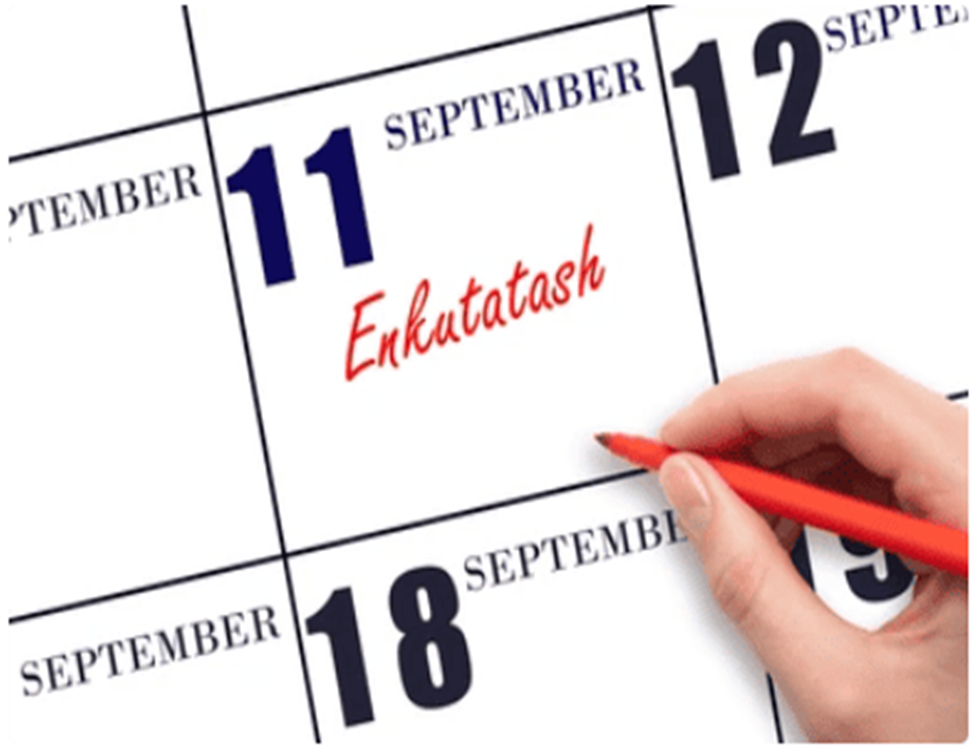
1. Ethiopian New Year Traditions: A Celebration Rooted in History
Ethiopia experiences an extraordinary change when the rainy season ends because every part of the landscape transforms. Vibrant Meskel daisies referred to as Adey Abeba create a lush green scene that appears across the once-wet landscape. These golden flowers are more than just beautiful—they are a powerful symbol of new beginnings and the arrival of brighter days. With nature in full bloom and communities coming together, Enkutatash is a time of joy, gratitude, and looking forward to the future.
Deep-Rooted Traditions That Bring People Together
Celebrations begin early in the morning with church services, where prayers, hymns, and sermons welcome the New Year. Many also make a pilgrimage to Mount Entoto, home to the historic Raguel Church, where blessings are sought for the year ahead.
Ethiopian New Year traditions As the day unfolds, family gatherings take center stage. A grand New Year’s feast is prepared, featuring injera, the beloved Ethiopian flatbread, Doro Wat, a flavorful chicken stew, and Tibs, delicious grilled meat seasoned with authentic Ethiopian spices. Traditional Tej, a honey-based Ethiopian wine, is often served to complement the meal. No Ethiopian celebration is complete without a coffee ceremony, where roasted and brewed coffee is enjoyed in three rounds—Abol, Tona, and Baraka—bringing family and friends together for meaningful conversations.
For children, Enkutatash is a time of excitement and tradition. Young girls, dressed in new clothes, go from house to house singing the famous “Abebayehosh” song, accompanied by hand drums. Meanwhile, boys create handmade artworks, presenting paintings or drawings to their families and neighbors in exchange for small gifts or money.
The community members assemble at night to kindle wood-based torches called “Chibo” which signal both the end of darkness along with the beginning of a bright forthcoming year. The bonfire glows while people laugh and sing and dance with happiness and appreciation for the new beginnings of the upcoming season.
People who live outside of Ethiopia mark this occasion to reminisce about their origins and teach the established traditions of their forefathers to their families. The New Year is a joyful occasion that unites people with their culture and brings renewal by letting them review the past while they come together with glad hearts.Ethiopian New Year traditions Ethiopian New Year traditions
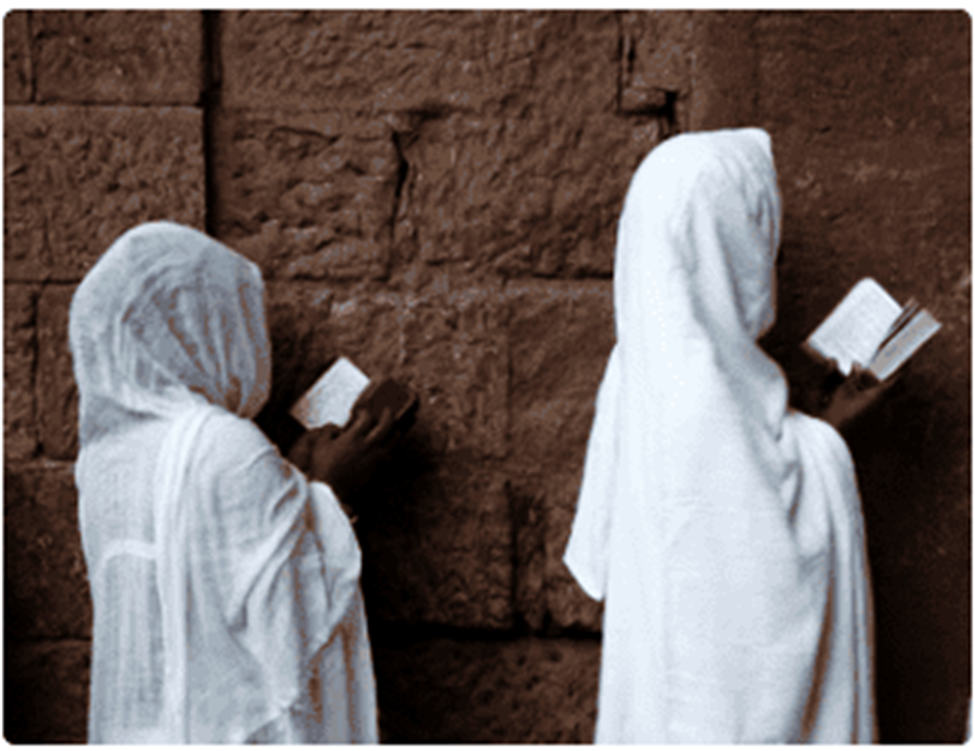
Preparations for Enkutatash – An Ethiopian New Year Tradition
All Ethiopian homes intensively prepare for Enkutatash because they want to greet the New Year with exuberance and enthusiasm. Family preparation begins the week before festivals through intensive residential cleaning as well as home decorative work to gather everything into a fresh and pure state. People perform a deep home clean which serves a purpose beyond standard household duties because it helps them discard previous years before starting the new year freshly pure.
One prominent custom during this occasion is the purchase of fresh clothing primarily for children. A major aspect of the celebration involves new clothing presents which signify the beginning of a fresh and prosperous future. The tradition includes important practices of gifting flowers together with greeting cards. Young ladies from the country present bouquets of Meskel daisies to express love toward their relatives and friends together with elder members of their family. Modern urban people choose to exchange greeting cards instead of flowers as their adaptation of this tradition.
Every household prepares energetically through these traditions as Enkutatash spirit emerges to build a collective sentiment of joy. The combination of both tradition-based celebrations with contemporary customs allows Ethiopian New Year to maintain its role as an anniversary of transformation and social interaction.
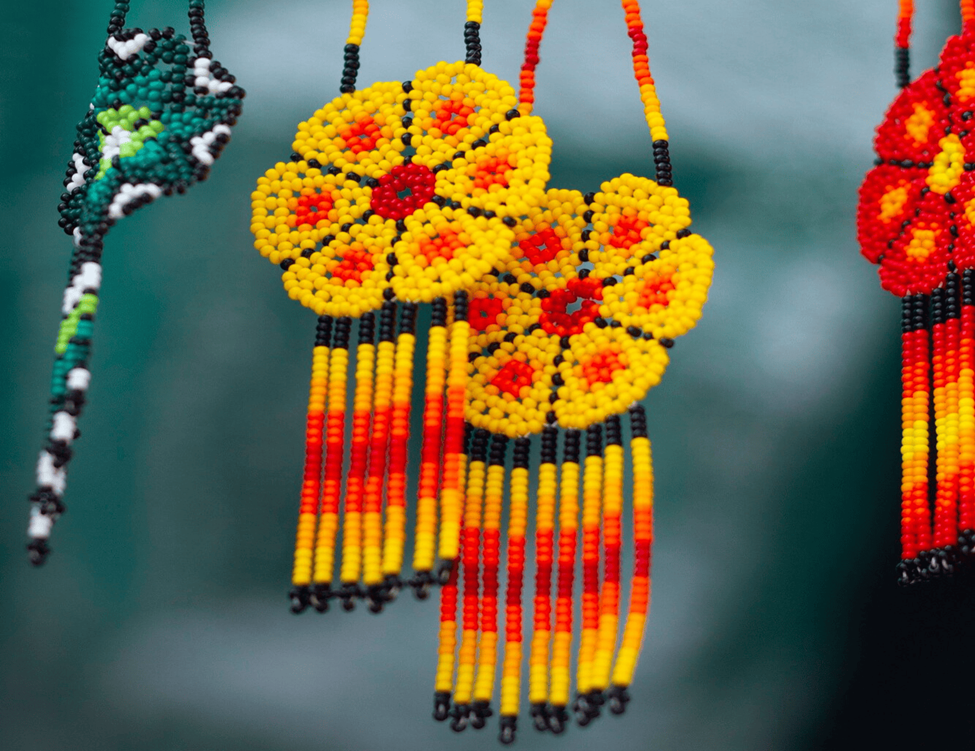
3. Traditional Gifts and Clothing for Ethiopian New Year
Enkutatash celebrations heavily depend on Christian faith because its membership makes church ceremonies vital to the celebrations. Numerous families start their Enkutatash holiday by attending special religious services which set blessings for the upcoming year.
The celebration includes vital midnight church services. The service begins at midnight to unite local public in religious worship. Camp followers fill the night hours with hymns and sermons and prayers seeking religious blessings that will extend across the new year.
Visiting Mount Entoto ranks as another traditional religious practice since the Raguel Church stands at its summit. Ethiopian worshipers from all parts of the country gather at this holy site to seek prayer blessings because they believe religious devotion and faith at the year’s start will attract prosperity and peace.
Throughout urban as well as countryside regions these religious celebrations form powerful bonds between families and communities. Enkutatash as a spiritual event teaches people that feeling thankful and reflecting upon the past while hoping for better times create a strong spiritual foundation.
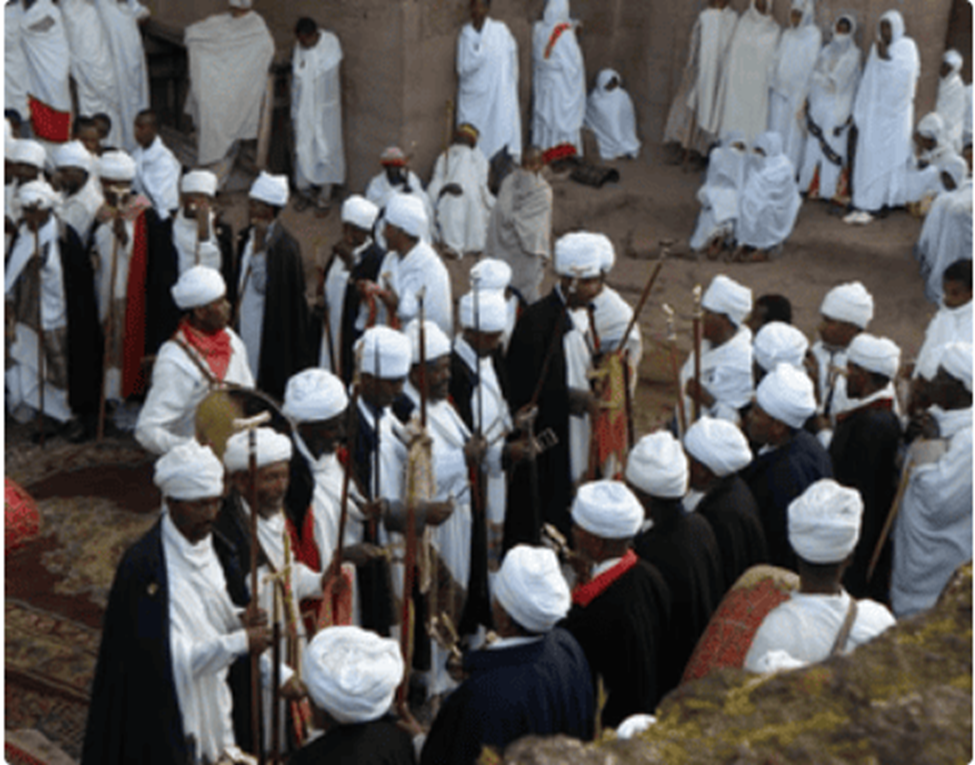
4. Religious Observances in Ethiopian New Year Celebrations
Family members gather during Enkutatash because it provides an opportunity for love sharing and joyful bonding. Extended families reunite after attending church in the morning to celebrate the day with joy. The highlight of the gathering is a special New Year’s feast, where traditional Ethiopian dishes are prepared with care and shared among loved ones.
- Injera, a staple of Ethiopian cuisine, is served as the base for the meal. This traditional Ethiopian flatbread made from teff flour perfectly complements the following flavorful dishes.
- One of the most cherished dishes is Doro Wat, a rich and flavorful chicken stew especially prepared for festive occasions.
- Ethiopian tips consist of grilled meat from beef or lamb which receivers sprinkle with their signature spices to create a flavorful finish for the event.
- All festive celebrations require the Ethiopian honey wine Tej for celebrations since it adds sweetness to the traditional eating experience.
The residents hold the coffee ceremony as a beloved cultural practice after the meal. As a fundamental part of Ethiopian culture, the ceremony brings people together as coffee is roasted, brewed, and served in three rounds—Abol, Tona, and Baraka. This ritual, which can last for hours, is not just about coffee but about strengthening family and friendships through meaningful conversations.
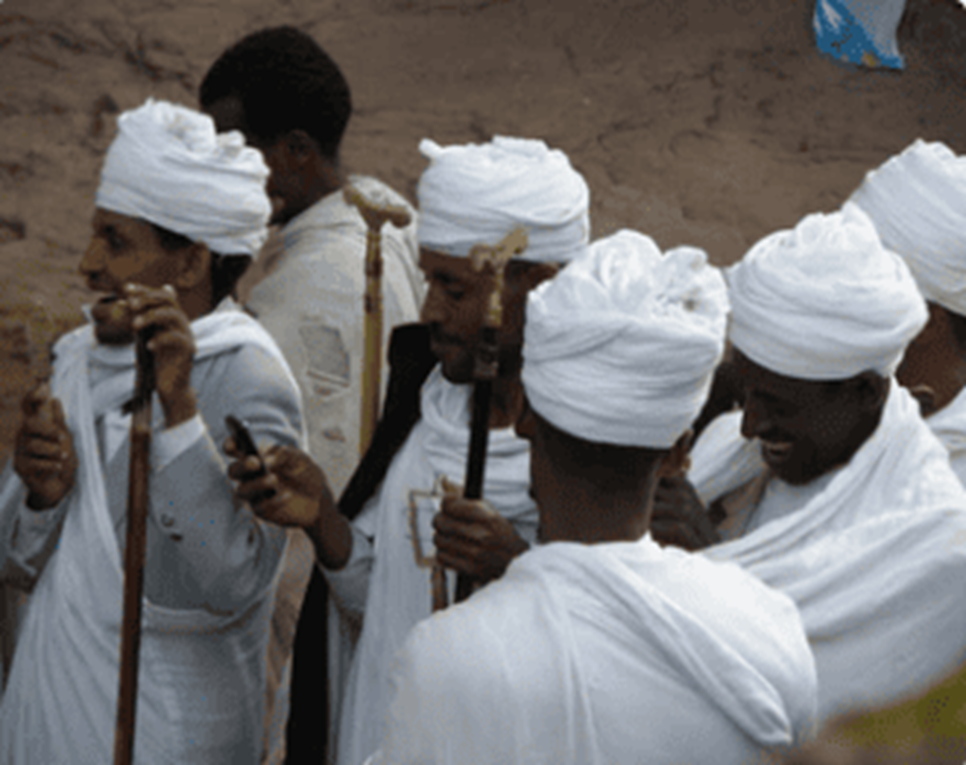
5. The Role of Children in Ethiopian New Year Traditions
Children during Enkutatash take an essential part in festivities because of their active participation. The celebration energy reaches new heights as the young participants continue ancient traditions to make the New Year celebration more vibrant than ever.
- Traditional song singing stands among the joyous rituals that people usually perform. Young girls dress in new clothes and go from house to house, performing the famous “Abebayehosh” song while playing hand drums. Their voices and rhythms spread happiness, and in return, they receive small gifts of appreciation.
- Presenting Handmade Artwork is another way children celebrate. Boys prepare artwork before they travel to family homes and community homes in the hope that their neighbors will reward them with money combined with small presents.
- The festive spirit intensifies when you receive presents or get treat gifts. Households delight their children with monetary gifts together with sweets and new clothes which makes them feel special and cared for.
- Through traditional cultural customs Enkutatash transforms into a celebration of laughter and musical enjoyment and benevolent giving which allows children to experience both the joy of donation and reception.
6. The Symbolic Fire of Enkutatash (Chibo)
The night of New Year’s Eve throughout Ethiopia becomes a solemn occasion as various families and communities burn “Chibo” wooden torches throughout the sky to symbolize their traditions. Every year this time-honored custom serves two purposes: it signifies the loss of darkness and the arrival of beneficial times ahead. Hope together with renewal and economic progress emerge through the burning fire which signals the entrance into a booming new year.
- At night’s arrival the community gathers to watch the fire’s uplifting behavior. The burning fire illuminates how people feel during times of new beginnings.
- All throughout the fire’s burning process people engage in singing and dancing to bring forth an energetic joy among the community. Everyone shares their happiness in the celebration of a new beginning through laughter and echoes of voices and laughter which fill the night air.
- The blaze in the night signifies the arrival of summer sunshine which concludes the rainy season before a productive season of both growth and fresh prospects begins.
During the Chibo ceremony people of every age group unite through collective celebration. While the fire continues to crackle the gathering space becomes vibrant because people bond to reinforce friendships as Enkutatash brings joy to their hearts
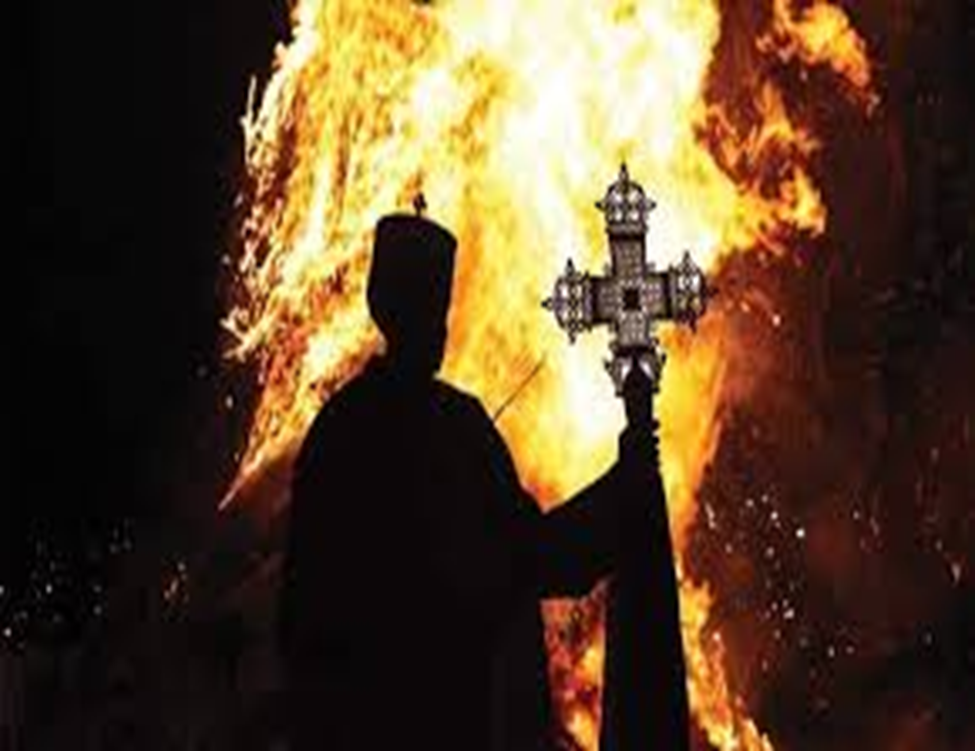
7. Sharing Blessings and Welcoming the Future
Human beings utilize this time of day to respect yesterday while planning ahead for tomorrow. It’s a time of:
- Multiple people at this time seek to restore relationships through forgiveness while showing sincere gratitude to their dear ones.
- During the New Year celebration of Enkutatash people gain the drive to create annual personal targets.
- Local community residents meet in homes during dinner time where they share New Year blessings together.
- Enkutatash surpasses its role as traditional new year festivities because of various vital elements.
The true meaning behind Enkutatash makes it more meaningful than typical year-start dates. Every year Ethiopian culture demands a community gathering which combines past year evaluation with future plans creation among family members. People celebrate their festivals through new beginnings by strengthening their social connections with community members during this festive period.
Final Thoughts: Why Enkutatash is More Than Just a New Year Celebration
Ethiopia represents its national heritage through ceremonies related to Enkutatash celebrations. Enkutatash finds its position on the yearly calendar through its power to gather people for cultural celebration and renewal practices. For numerous generations people have celebrated the Ethiopian New Year with its core elements being both ancient traditions and family bonds and cultural heritage.
Ethiopian people living outside the country unite with others of their culture during Enkutatash to assert their identity and rediscover traditional customs.
People must take advantage of living Enkutatash since this Holiday of Ethiopian New Year offers one-of-a-kind traditions alongside welcoming hospitality and cheerful reunions that distinguish it.Post n
